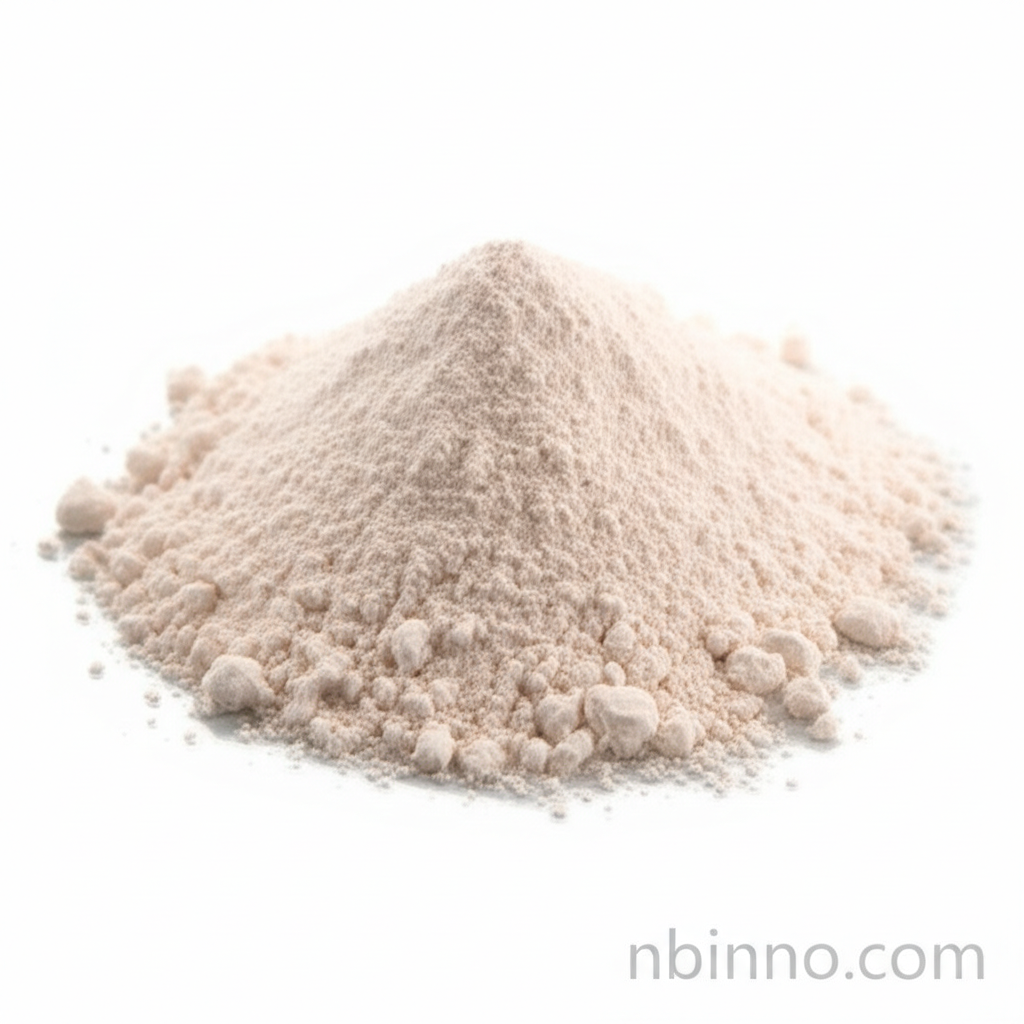N-(2-Bromoethyl)phthalimide CAS 574-98-1: Synthesis, Properties, and Applications in Organic Chemistry
Unlock the potential of organic synthesis with this essential phthalimide derivative.
Get a Quote & SampleProduct Core Value

N-(2-Bromoethyl)phthalimide
N-(2-Bromoethyl)phthalimide, identified by CAS number 574-98-1, is a crucial chemical intermediate widely employed in organic synthesis. Its unique structure makes it an invaluable building block for creating more complex molecules, particularly in the development of pharmaceuticals and fine chemicals. The compound's reliable synthesis and predictable reactivity are key to its utility.
- Discover the intricate properties of N-(2-Bromoethyl)phthalimide synthesis for your next project.
- Explore the various N-(2-Bromoethyl)phthalimide applications, a cornerstone in advanced chemical manufacturing.
- Understand the critical role of CAS 574-98-1 organic intermediate in driving innovation across industries.
- Learn how phthalimide derivatives synthesis can expand your chemical repertoire.
Advantages Offered by the Product
Synthetic Versatility
Leverage the versatility of N-(2-Bromoethyl)phthalimide applications to develop novel compounds and optimize existing chemical processes.
Reliable Purity
Ensure consistent results with a product known for its high purity, making it suitable for demanding organic synthesis.
Key Chemical Building Block
Utilize this essential CAS 574-98-1 organic intermediate as a foundational element in complex molecular construction.
Key Applications
Organic Synthesis
N-(2-Bromoethyl)phthalimide is instrumental in a wide range of organic synthesis reactions, facilitating the creation of diverse chemical structures.
Pharmaceutical Intermediates
Its role in phthalimide derivatives synthesis makes it a vital component in the production pathways of various pharmaceutical compounds.
Fine Chemical Manufacturing
As a key fine chemical manufacturing ingredient, it contributes to the development of specialized chemicals for various industrial needs.
Research and Development
Researchers rely on the predictable reactivity of bromoethyl phthalimide uses for experimental synthesis and new material discovery.
